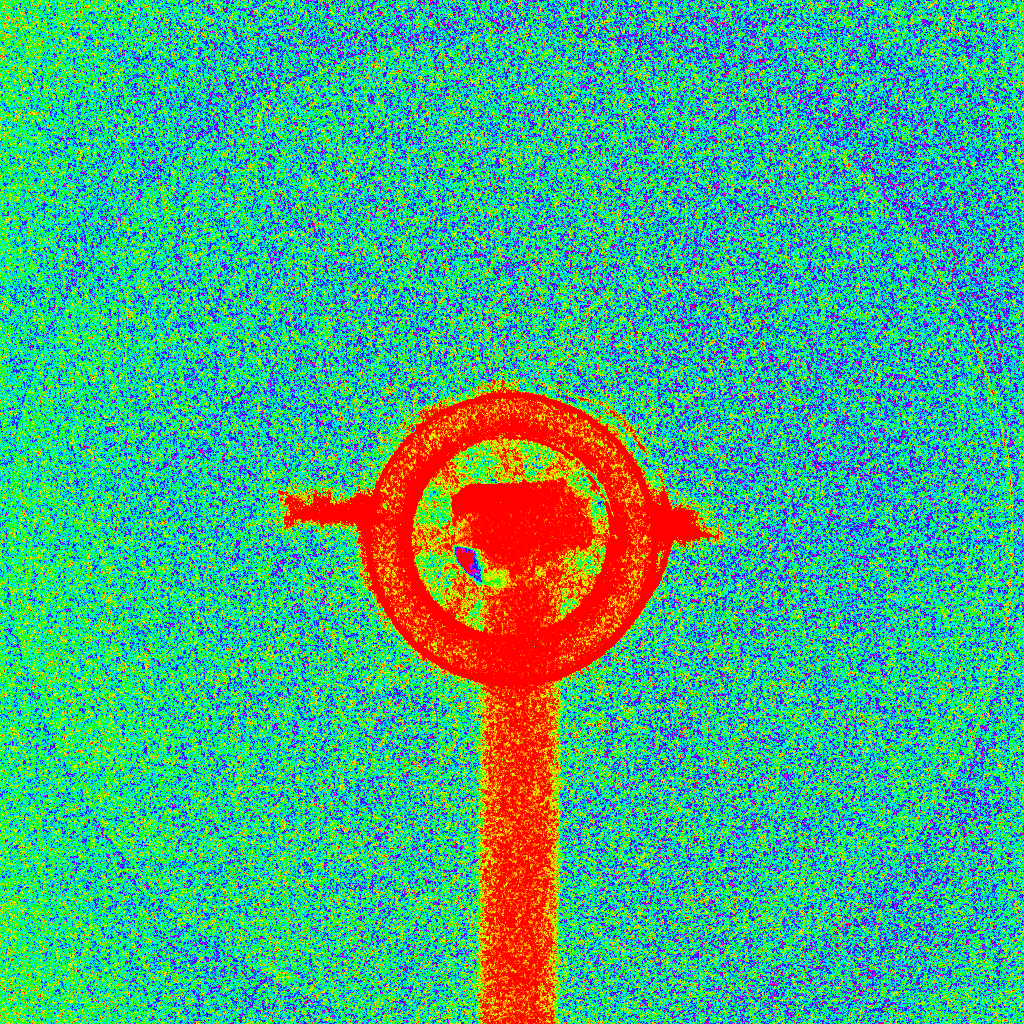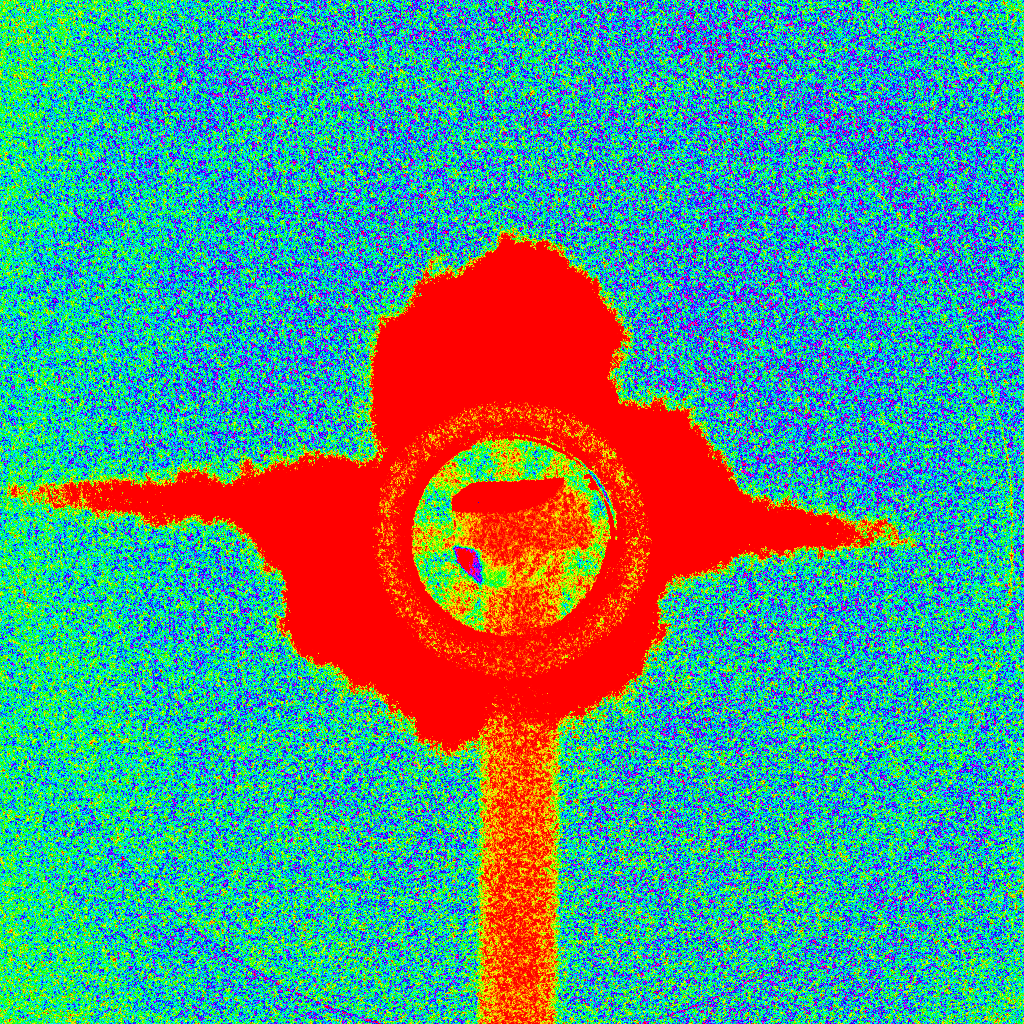Send us your feedback
Here you can send us feedback on the Maxess-website. Please describe the problem or what’s missing in a clear way, and on what page you found the issue. Thank you so much for your help!
Increasing paperboard durability using neutron imaging
Cellulose-based paperboard is a renewable, recyclable, and durable packaging material. Scientists from the packaging provider company, BillerudKorsnäs, and researchers from Lund University have used neutron imaging to explore ways to make this material better resist water.
Bridging knowledge gaps with neutron imaging
Paperboard is one of our most widely used packaging materials for packaging food and beverage products, including juices, milk, and cereal. The packages are often coated with various materials to improve printing and strength properties and add gas and water vapour barriers.
Cellulose-based paperboard products expected to come into contact with water usually undergo a treatment called sizing, a chemical treatment that causes the cellulose fibre surfaces to become hydrophobic, and therefore able to repel water. This treatment is carried out because water impacts negatively on the mechanical properties and dimensional stability of the cellulose fibre network in the paperboard.
Today, the effects of the chemical sizing process are well documented, but knowledge gaps remain in terms of understanding exactly how water is transported in cellulose fibre networks.
More information is also needed about how the transport mechanisms are affected by different sizing treatments, or by creasing, which is a mechanical process to locally damage the material to be able to fold it for packaging purposes.
Neutron imaging can bridge some of these knowledge gaps since the technique provides sufficient contrast between cellulose and water. This enables measuring water distribution in materials and studying how water is transported in the material.
New wetting device
For the experiment, scientists from BillerudKorsnäs, with the help of researchers from Lund University, probed the evolving water distribution in cellulose-based paperboard during in-situ edge wetting of paperboard at the D50 neutron beamline at the Institut Laue-Langevin (ILL) in Grenoble in France.
Measurements were made on paperboard that had undergone different degrees of sizing and on paperboard that had also undergone creasing treatments.
In preparation for the neutron measurements, a specially designed wetting device through which water was injected into the samples was constructed and tested.
Sizing treatments hinder water penetration of paperboard
The experiment showed that sizing treatments hinder water penetration and reduce the speed at which water spreads in paperboard. In addition, the measured data showed that a line crease in the paperboard significantly increases the spread of water locally close to the crease.


The collaboration has produced new knowledge about how water is transported in paperboard. Over time, the results can support the development of packaging products that are more durable and resistant since they can help improve physically based models of how water is transported in materials.
“Neutron imaging is a powerful tool for better understanding water transport in cellulose fiber networks.”
Gilbert Carlsson, BillerudKorsnäs
“This project demonstrates how Lund University can help lower the threshold for the industry to start using large-scale research facilities in their efforts to increase the knowledge of underlying mechanisms in their product.”
Jonas Engqvist, researcher, Division of Solid Mechanics, Lund University/LTH
Contact Partners
Case Details
BillerudKorsnäs, LTH/Lunds Universitet
Division of Solid Mechanics



